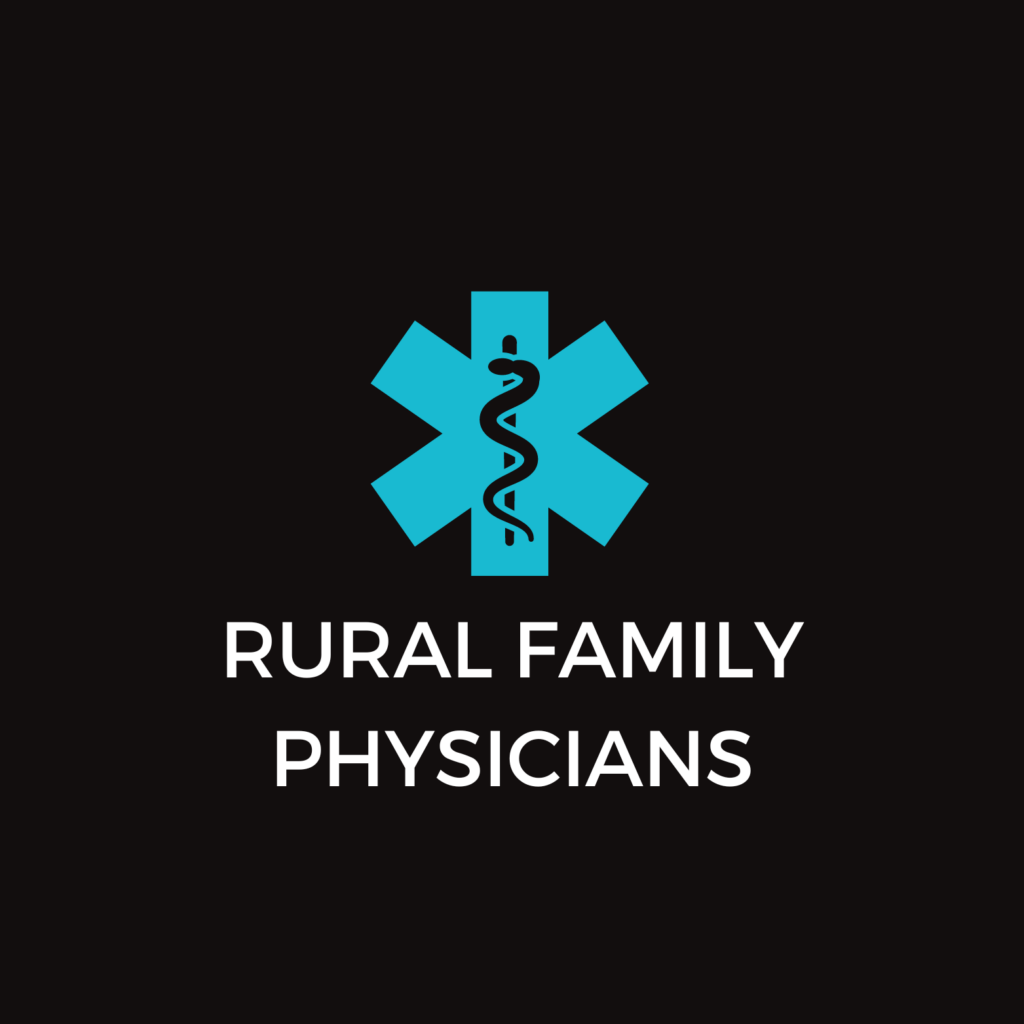Opportunities to effectively treat opioid use disorders (OUDs) are enhanced by the availability of pharmacological treatments. Unlike substance use disorders (SUDs) associated with stimulants or cannabis where such treatments are not yet available, there are effective pharmacological treatments for OUDs, namely methadone, buprenorphine, tablet naltrexone, and, most recently, a depot formulation of naltrexone. The diffusion of buprenorphine and naltrexone has been remarkably slow, in part because of the financial resources required to implement pharmacotherapies.
Financial Factors and the Implementation of Medications for Treating Opioid Use Disorders
0 Comments
For the past 40 years, specialized opioid treatment programs (OTPs) offering methadone have been the primary setting for treating opioid-dependent patients. Historically, the nation’s OTPs have been inadequate in number to meet the demand for treatment. In 2000, before the Food and Drug Administration’s (FDA’s) approval of buprenorphine, OTPs constituted just 9% of US treatment facilities for SUDs, and methadone was included in the treatment plans of just 40% of all opioid treatment admissions (Substance Abuse and Mental Health Services Administration, 2002). The combination of the FDA’s approval of newer medications (Ling and Smith, 2002; Saxon and McCarty, 2005) and regulatory changes allowing for the prescription of buprenorphine in non-OTP settings (Jaffe and O’Keeffe, 2003) has increased the potential of expanding medications for addiction treatment (MAT) throughout the treatment system (Roman et al., 2011). Read the full article here.



